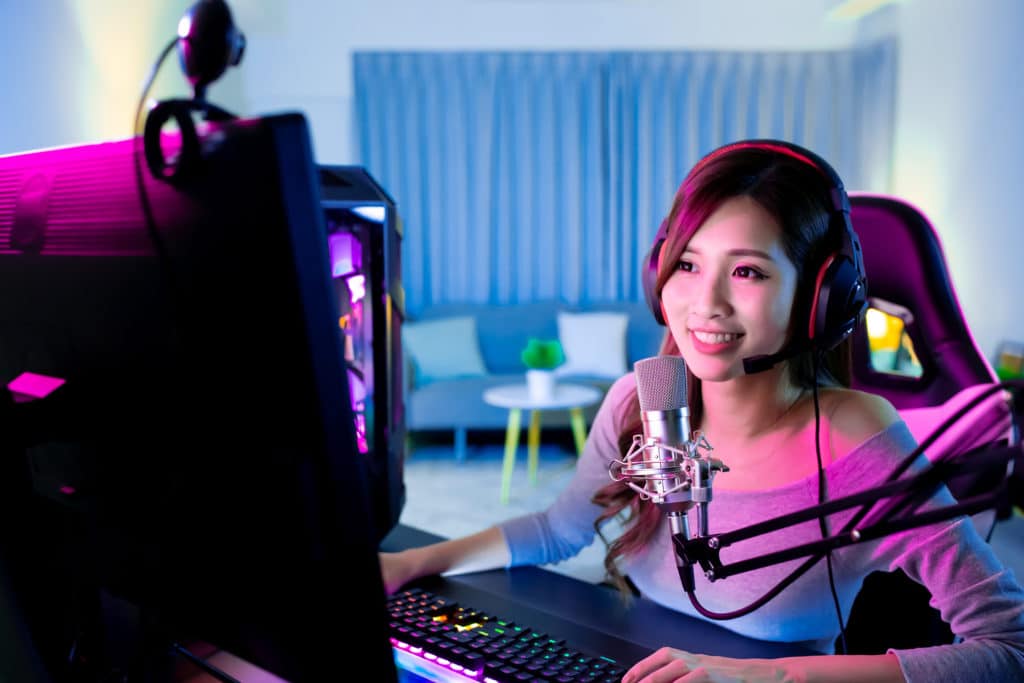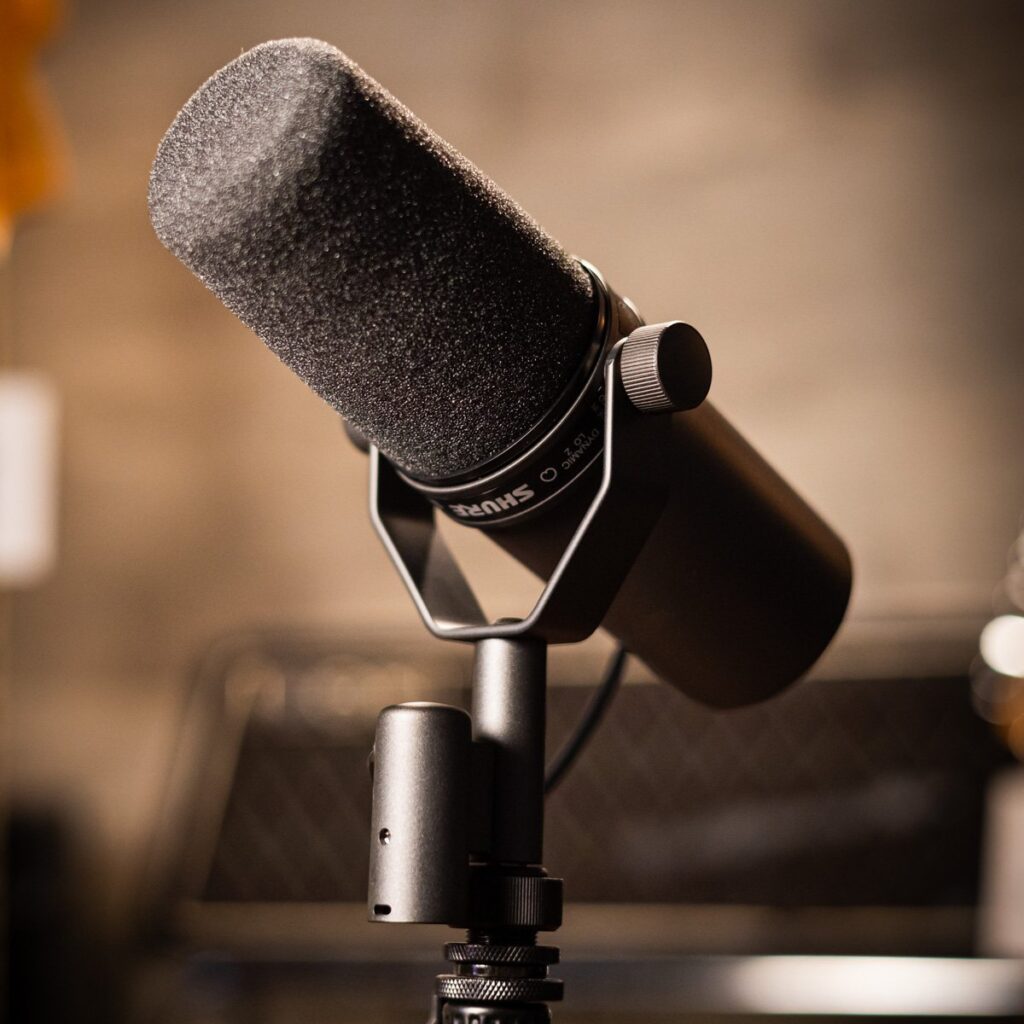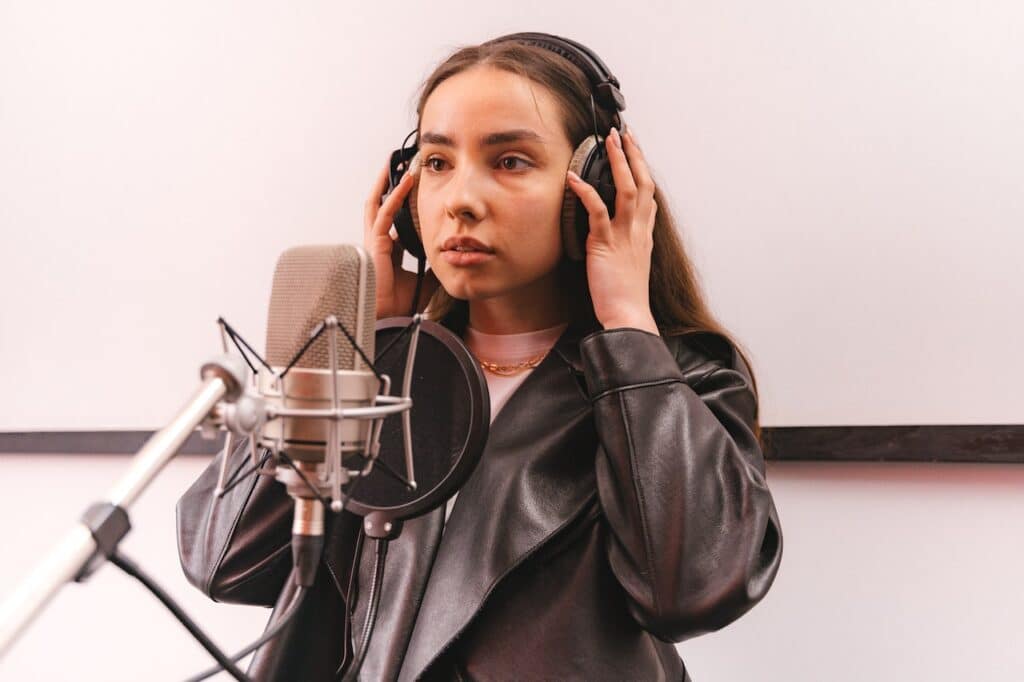Features to consider when choosing the best ASMR microphone
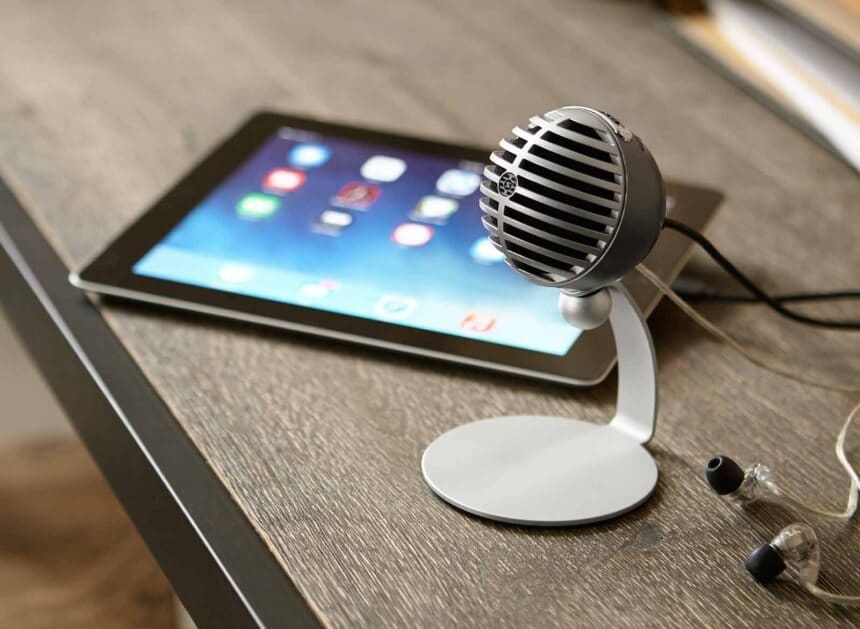 These are the main factors you must consider before choosing an ASMR mic for the best recording experience.
These are the main factors you must consider before choosing an ASMR mic for the best recording experience.
Self-noise and sensitivity
This is one of the biggest challenges for any ASMR artist. Without a good microphone, you will be forced to post-process your audio recordings for better results, and this wastes a lot of time. Therefore, you better invest in a high-quality microphone with low self-noise.
Self-noise is the buzzing, humming, or hissing sounds you get in the background when recording at low volumes. It is produced by your mic automatically. You can avoid this by buying an ASMR microphone with reduced self-noise, usually measured in dBA.the lower the dBA, the lesser the noise. 15 dBA or less is ideal, while for signal to Noise Ratio, a microphone with 80dB and above is ideal.
Polar pattern
This is also known as the pickup pattern. It is the directionality of the microphone. There are 3 main types of ASMR microphones based on polar patterns: cardioid, super-cardioid and hyper-cardioid, and omnidirectional mics. Omnidirectional mics will pick up sounds from every direction, while cardioid mics only favor sounds coming from the front direction and reject any coming from behind.
Hypercardioid and super-cardioid mics exaggerate the cardioid effect. They do a good job of eliminating background noises, but they limit you from moving from side to side. Cardioid mics are the best because they can pick up sounds from a wider area and still be able to reject background noises.
Condenser vs. Dynamic
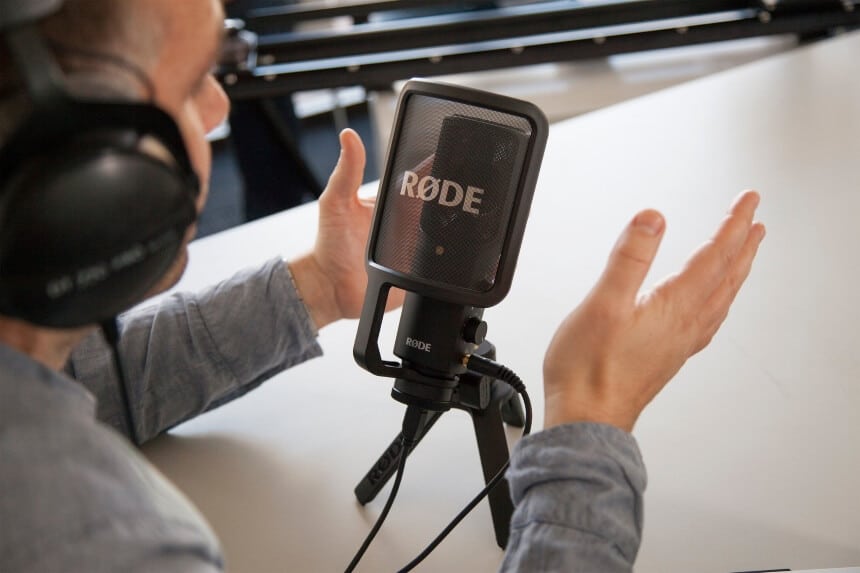 These are the 2 main types of microphone construction. Dynamic mics are usually less sensitive, but they are the best durable and don’t require external power to work. They also don’t have self-noise, but they can sometimes add noise back into the signal when amplified.
These are the 2 main types of microphone construction. Dynamic mics are usually less sensitive, but they are the best durable and don’t require external power to work. They also don’t have self-noise, but they can sometimes add noise back into the signal when amplified.
Condenser mics are more fragile but have higher sensitivity across a wide frequency range, which makes them a fantastic choice for the quieter sounds needed in ASMR recording.
They also don’t need a power source, and their integrated amplifier can raise their noise floor. Be sure to choose a large condenser mic like the
Rode K2 Condenser Valve Microphone if you want an improved low-end frequency response. They also offer a low self-noise level or better signal-to-noise ratio.
Binaural recording
This is a wonderful technique employed by ASMR. It involves 2 microphones being used with space in between. Each of the microphones records the left channel separate from the right channel. They are mostly preferred for ear cleaning, mouth sounds, and talking.
Connection
For added convenience, you can opt for a USB microphone as it allows you to record anywhere. However, if you want to use a mixing board, you can choose a mic with an XLR connection. They have exceptionally durable designs, and that’s why they are a famous go-o for most professionals.
Power source
There are 2 main power sources for microphones; USB and phantom power. High-end condenser microphones that use XLR connection must be connected to an external power that provides sufficient power to run them. This external power is what phantom power actually is.
Simple microphones like the Rode NT-USB Condenser Microphone only require USB power and input. They are super easy to set up as all you need to do is connect them to your PC and start recording. They also consume less power.
Audio mixer
To gain more control over the recording process, you can add an audio mixer or separate pre-amp. For a multi-mic setup, you can add a mixing board.






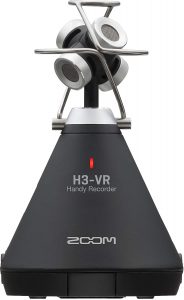
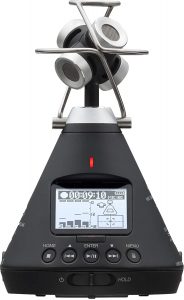
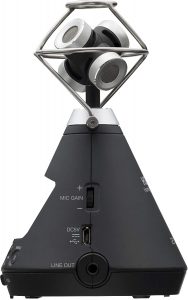
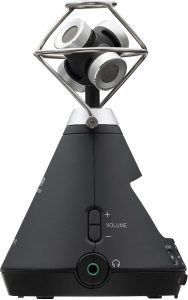
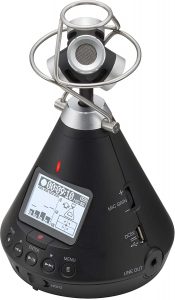
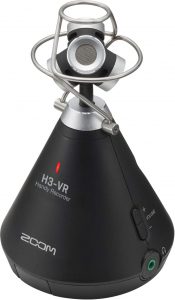
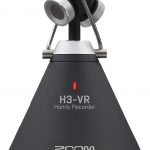
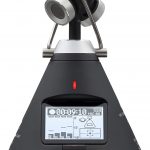
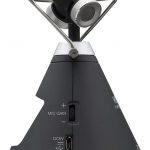
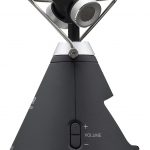
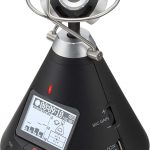
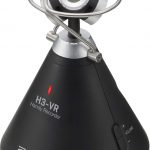



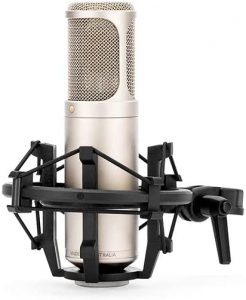
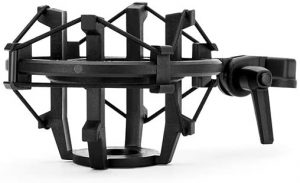
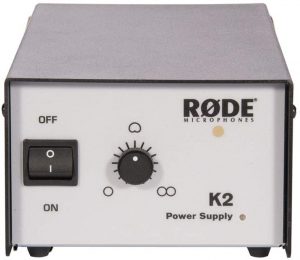
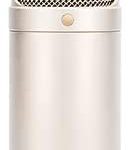
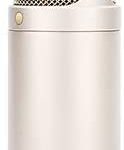
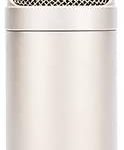
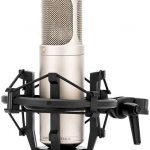
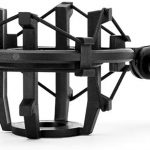
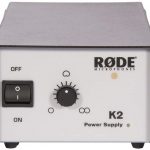
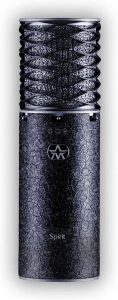
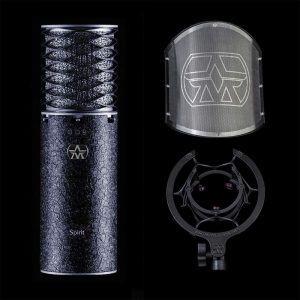
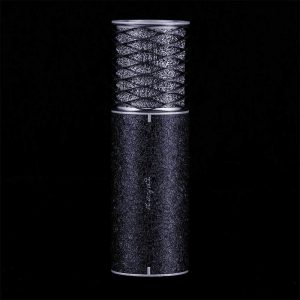
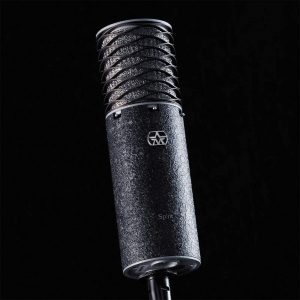
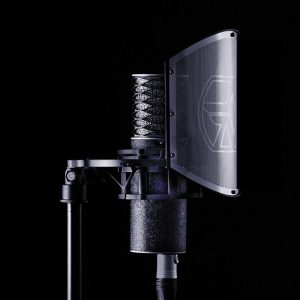
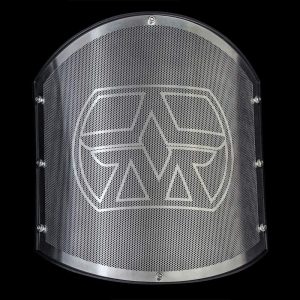
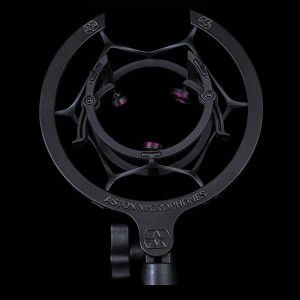
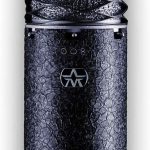
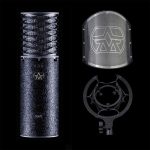
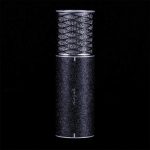
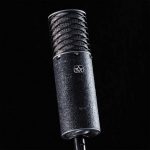
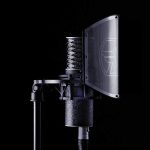

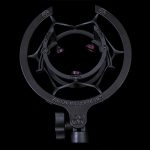
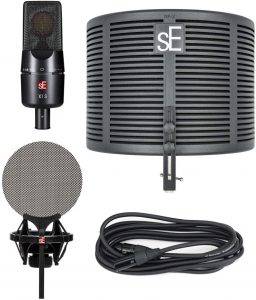
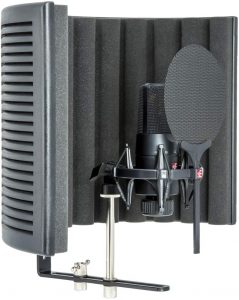
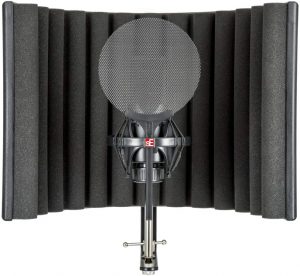

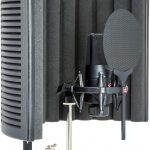

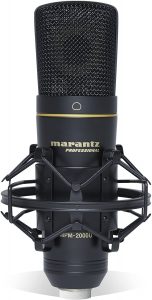
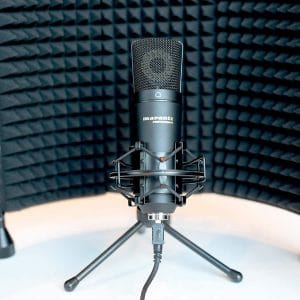

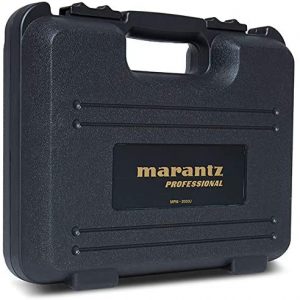

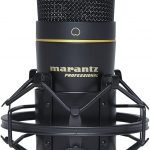
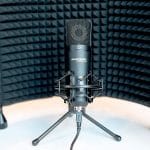
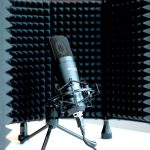
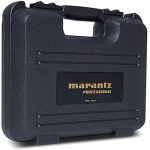
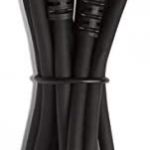
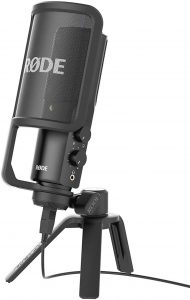

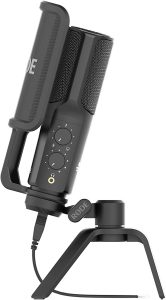
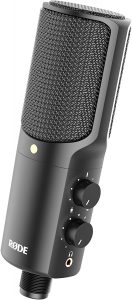
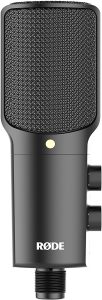
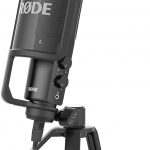

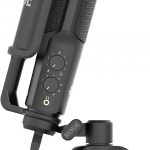
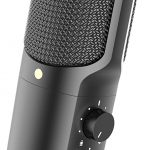
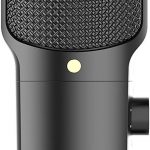
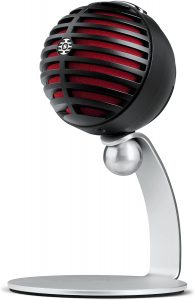
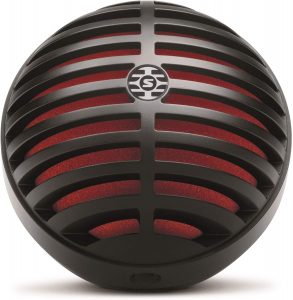
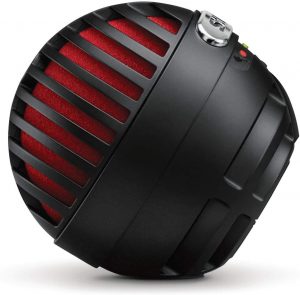
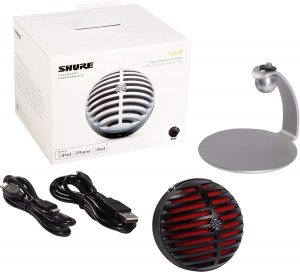
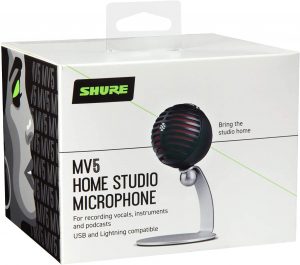

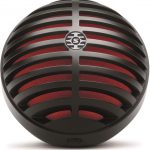

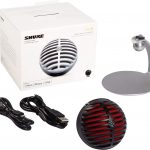
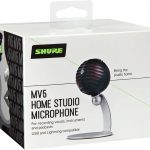
 These are the main factors you must consider before choosing an ASMR mic for the best recording experience.
These are the main factors you must consider before choosing an ASMR mic for the best recording experience. These are the 2 main types of microphone construction. Dynamic mics are usually less sensitive, but they are the best durable and don’t require external power to work. They also don’t have self-noise, but they can sometimes add noise back into the signal when amplified.
These are the 2 main types of microphone construction. Dynamic mics are usually less sensitive, but they are the best durable and don’t require external power to work. They also don’t have self-noise, but they can sometimes add noise back into the signal when amplified.





